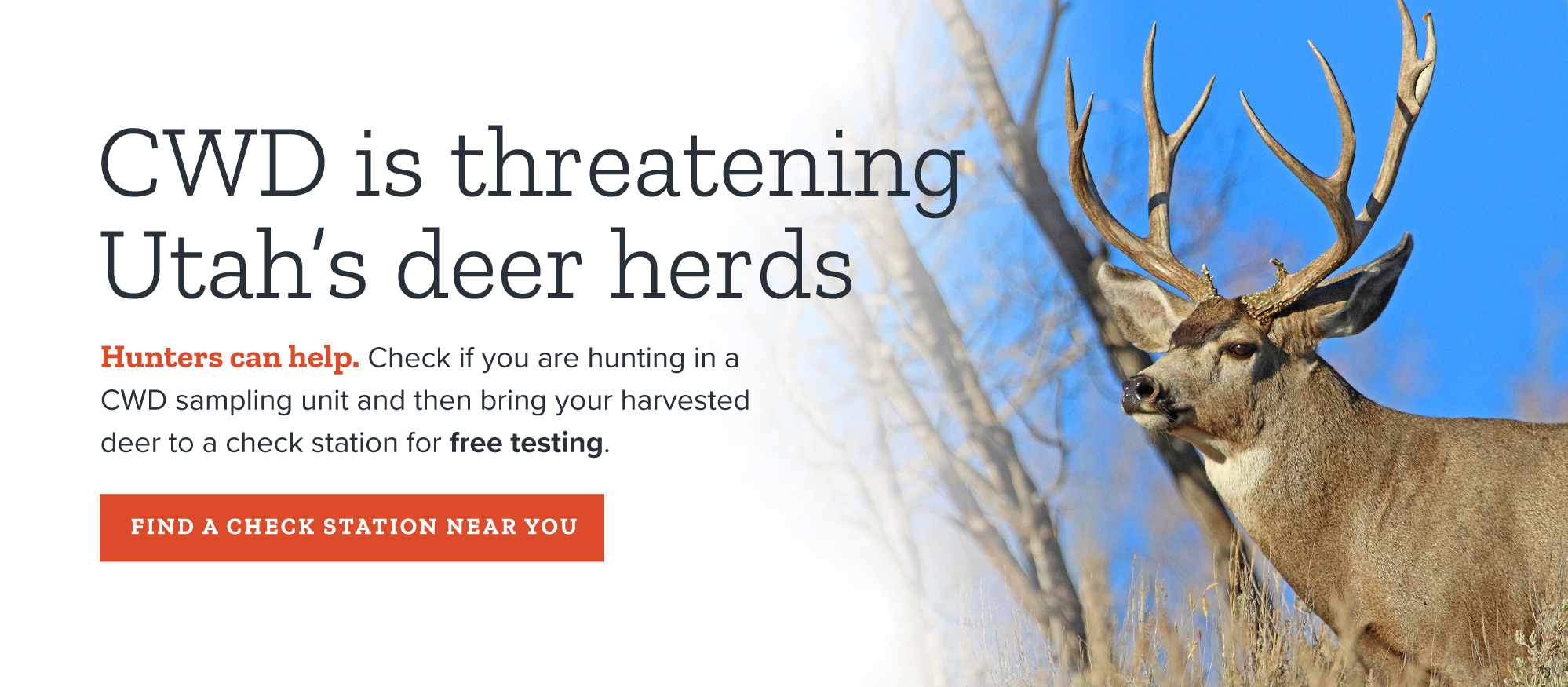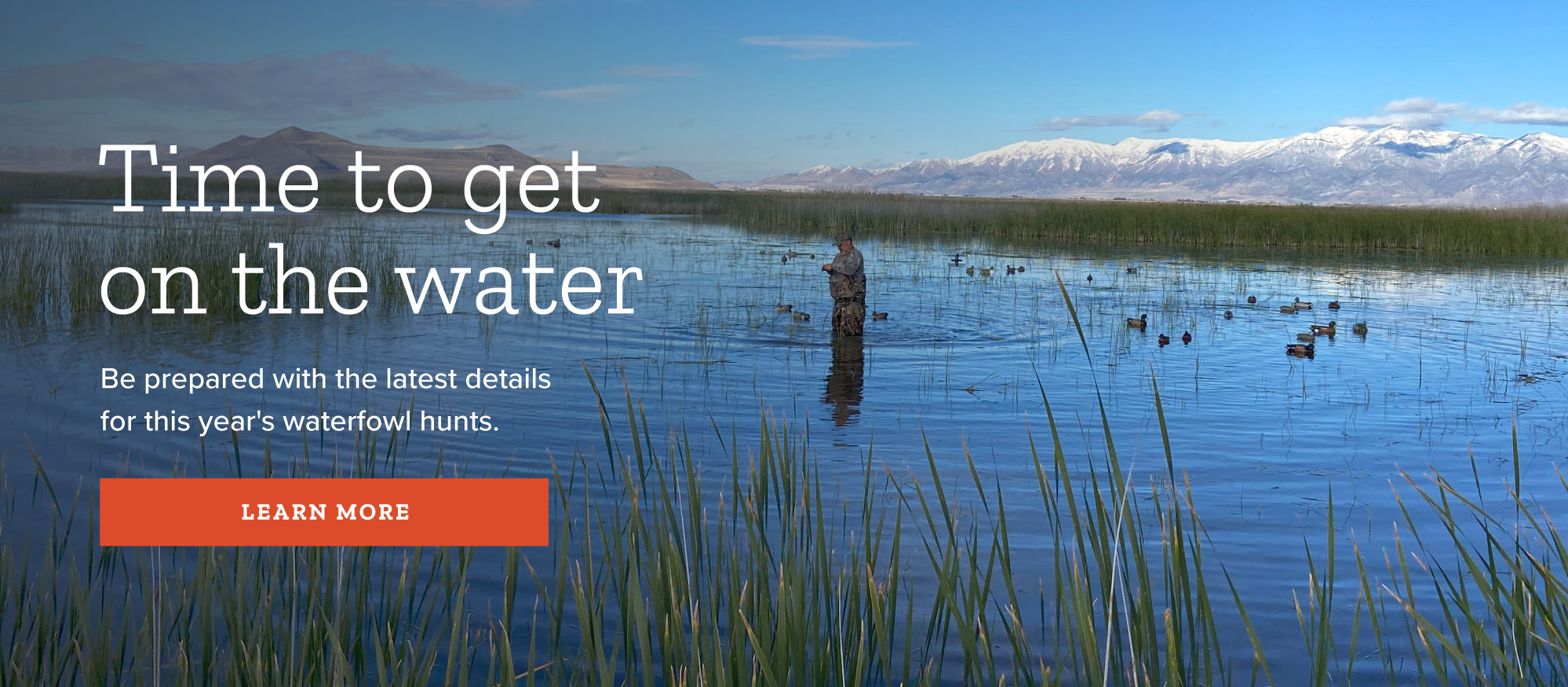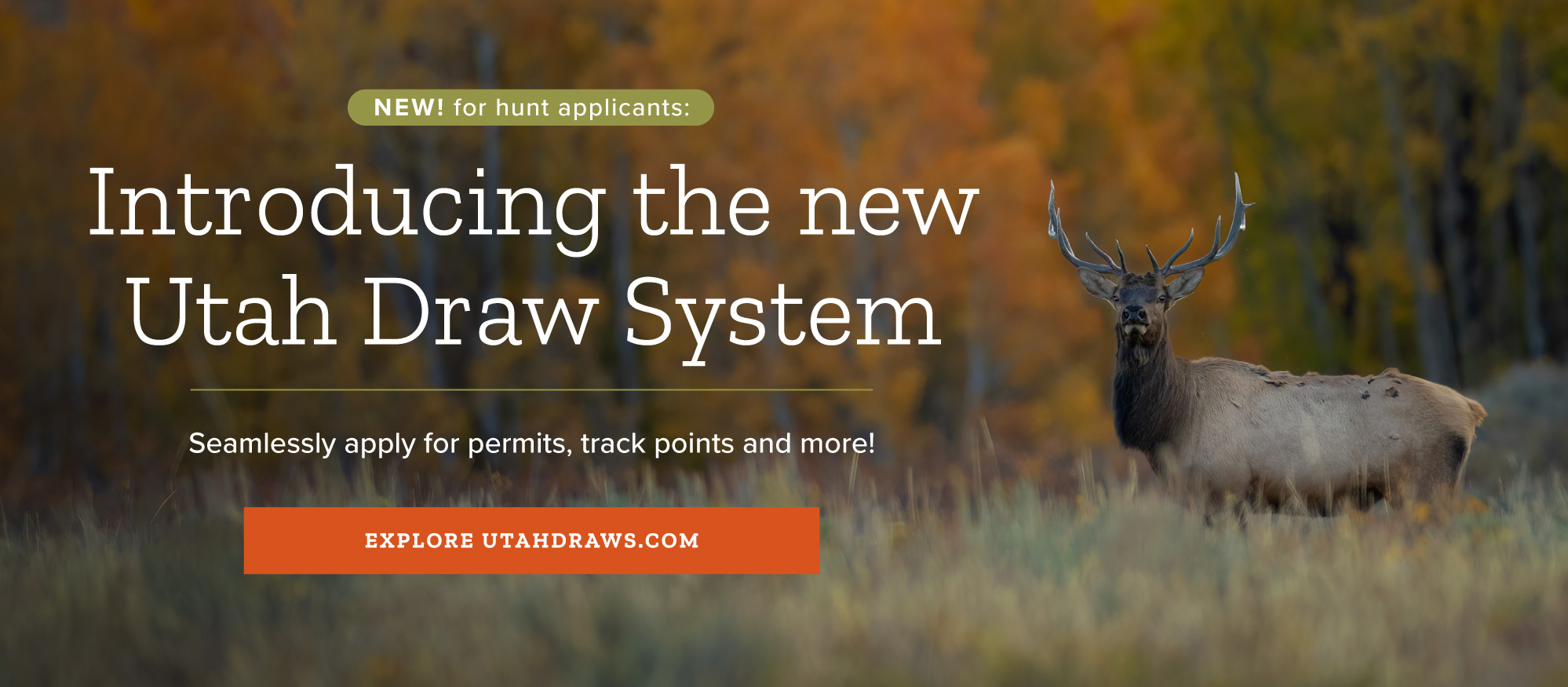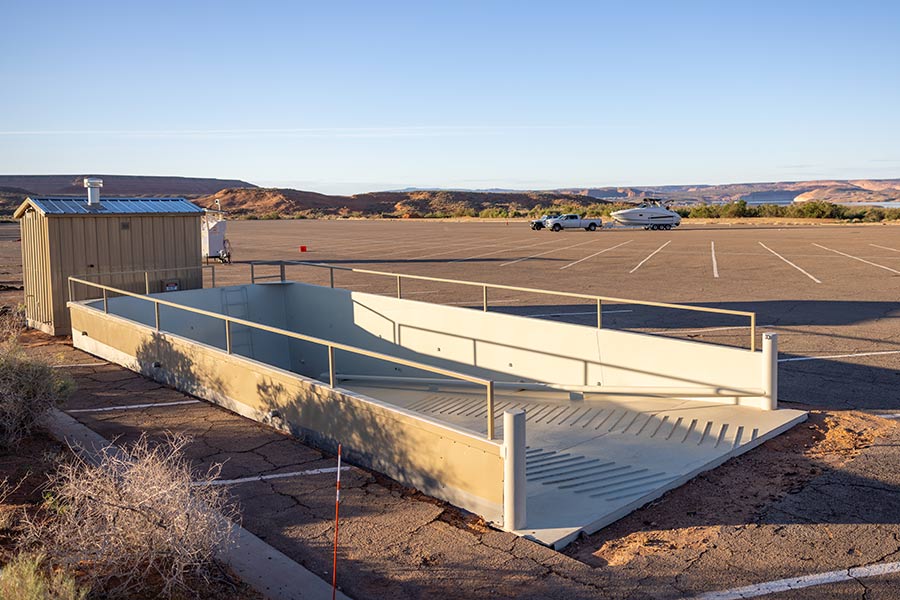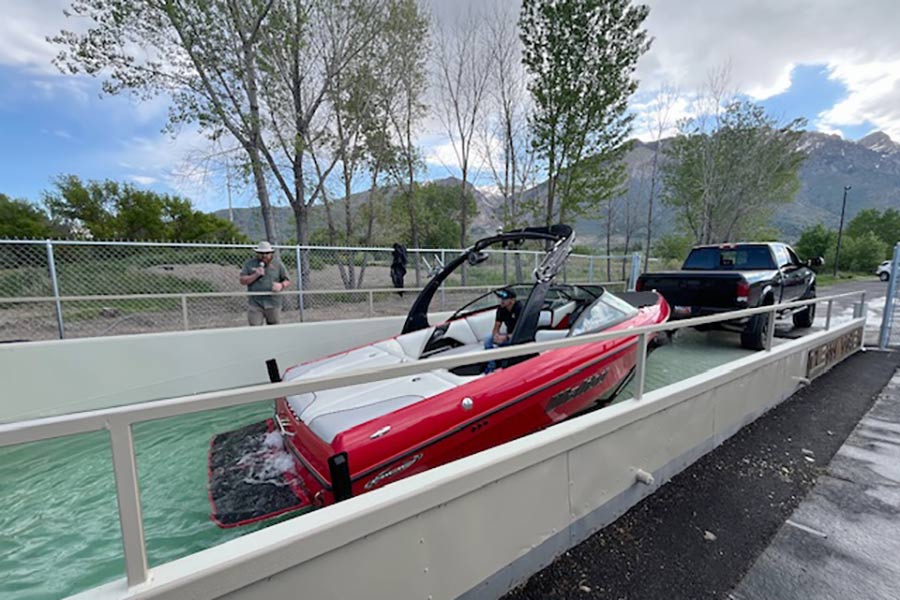Update:
Due to staffing issues, the dip tank located at the Bullfrog Marina will not be operational for Memorial Day weekend. However, it will be in operation later this summer.
New boat decontamination dip tanks installed at Willard Bay and Bullfrog to aid in fight against invasive species
Salt Lake City — The first-of-its-kind boat decontamination dip tank was installed at Lake Powell in 2021 to aid in the fight against invasive quagga mussels. Since then, the Utah Division of Wildlife Resources, Clean Wake LLC and Utah State Parks have installed four additional dip tanks around Utah, including the recent installation of new dip tanks at Willard Bay State Park and the Lake Powell Bullfrog Marina.
In 2021, Garrett Atwood and Jonas Hyita, founders of Clean Wake LLC, collaborated with the DWR aquatic invasive species team and created the dip tank to provide a faster, more efficient method of decontaminating complex boats to prevent the spread of invasive mussels. These revolutionary dip tanks use a tank, pumphouse, and heating and filtration system, and were awarded a patent in the U.S. and Canada in 2022.
Rather than requiring personnel to climb around and under boats to manually spray hot water during inspections and decontaminations, the dip tank allows boaters to back their watercraft on a trailer into the 14-foot wide, 5-foot deep tank of 110-degree water to more effectively and thoroughly flush complex intake systems. The dip tank includes built-in guiding tracks to help boaters back their trailer into the tank. The filtration and pump system will turn over the water in the tank every two hours to keep it clean. The whole decontamination only takes about 5–10 minutes with this system. However, boaters do need two people in order to use the dip tank — one person to back the boat trailer into the tank and another person to operate the vessel's systems.
"The dip tank systems have been invaluable in our efforts to stop the spread of invasive quagga mussels and other invasive species," DWR Aquatic Invasive Species Lt. Bruce Johnson said. "It is much more effective and faster at decontaminating boats with complex systems and requires less training for our staff. We are so grateful for the ingenuity of Clean Wake LLC, our partnership with various agencies and the legislative funding and support that have made these dip tanks possible."
The dip tanks are all free to use and are typically close to either the entrance of a state park or near a boat ramp. Dip tanks have been installed at the following locations around Utah:
- Lake Powell — Stateline Launch Ramp at Wahweap Marina (May 2021)
- Utah Lake State Park (May 2023)
- Sand Hollow State Park (October 2023)
- Lake Powell — Bullfrog Marina (May 2024)
- Willard Bay State Park (May 2024)
"Tens of thousands of people visit our state parks for boating activities each year," Utah State Parks Associate Director Devan Chavez said. "These dip tanks help improve visitor experience by decreasing wait times, while also helping protect the water systems in and around these recreation hot spots."
"We are thrilled that this system has been successful, and we are excited to partner with the DWR to make the dip tank available at additional sites across Utah," Atwood said. "This all stemmed from our love of Lake Powell, and we are pleased that our system has made it easier for everyone to enjoy these boating areas by more efficiently preventing the spread of quagga mussels."
All five dip tanks — including the new Bullfrog and Willard Bay locations — will be operational by Memorial Day weekend and will be open until Labor Day weekend. A sixth dip tank will be installed at the Flaming Gorge Reservoir Lucerne Valley Marina at the end of the summer.
Why quagga mussels are bad
- They plug water lines, even lines that are large in diameter.
- If they get into water delivery systems, it will cost millions of dollars annually to remove them and keep the pipes free, which can result in higher utility bills.
- They remove plankton from the water, which hurts fish species.
- Mussels get into your boat's engine cooling system. Once they do, they'll foul the system and damage the engine.
- When mussels die in large numbers, they stink and the sharp shells of dead mussels also cut your feet as you walk along the beaches.
Learn about boater requirements and how to prevent the spread of quagga mussels and other aquatic invasive species on the STD of the Sea website.
